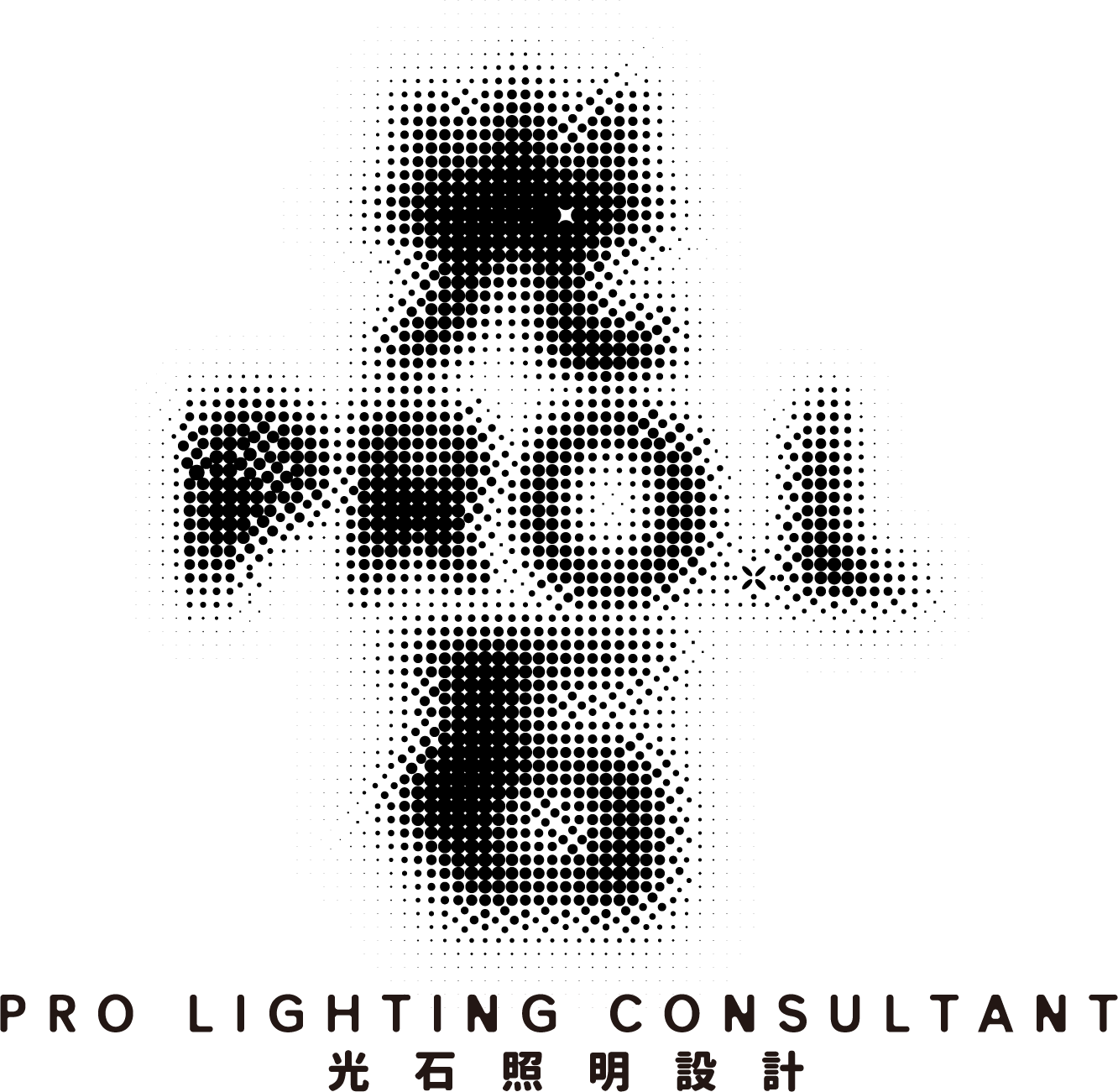Awards:
2020-Lighting Design Awards Hotel Project Commended
2020-WIN Awards Lighting Projects Gold
2020-LIT Lighting Design Awards Honorable Mention in Hotel and Restaurants Lighting category
2020-Asian Lighting Design Awards Award of Outstanding Light
2020-Aesthetics Vogue Award Lighting Design Project Winner
2020-Art Display China Crystal Kylin Awards Lighting & Shadow In Space Awards Excellent Award
2020-The 10th International Space Design Award Idea-Tops Lighting Environment Design Bronze Award
2020-The 12th China Lighting Application Design Competition Bronze award of Hotel Space
2020-6TH China Real Estate & Design Award Lighting Design Merit Award
2020-15th The Golden Bund Award Best Lighting Design Award Excellence Award
